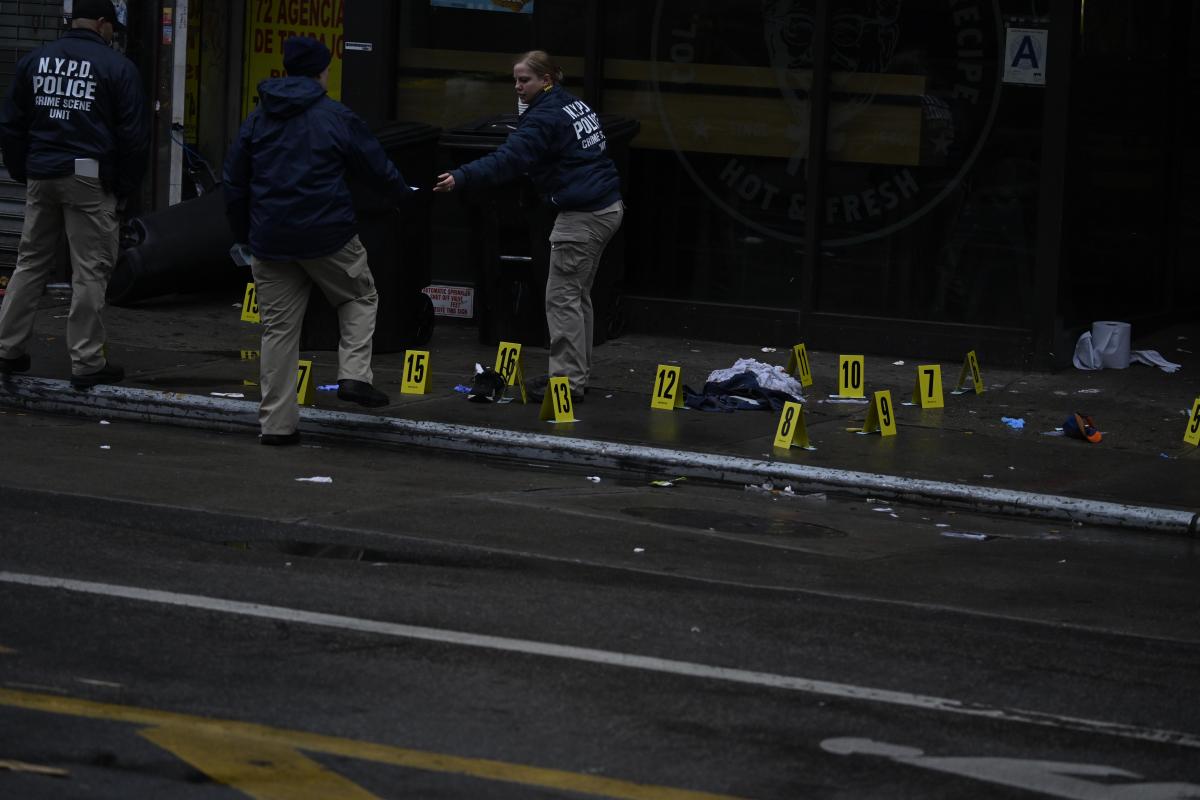By Jennifer Saavedra
As her husband lay on the hospital bed with an oxygen tube strapped around his face, a result of his esophageal cancer, Manhattan-resident Betty Vera took a photograph of him in an attempt to preserve his presence. Three years later, in 2005, after her husband had died, Vera revisited those photographs and began weaving the image of the oxygen tube as a way to heal and handle her grief. What emerged was a combination of abstract woven images now on display at the Queens College Art Center in the Benjamin S. Rosenthal Library.In explaining her exhibition, “Between: Woven Images,” Vera says “it's a very deep and personal and sad connection – but it's real. It's about life and death and breathing.”The exhibit begins with bright, multicolored hand-woven images of landscapes inspired from trips she made with her husband to the Canadian Maritime islands. These tapestries, hand-woven when her husband was still alive, include yellow marsh grasses interlaced with reddish hues in a deep, bright, blue background. She says these tapestries represent life because the movements evoked by the grasses symbolize the human breathing process.As you stroll down the gallery, it becomes somewhat apparent, Vera says, that the exhibition is organized in a way that maps the progression of human life.For instance, after the hand-woven tapestries, the exhibition takes a turn to digitally produced woven images. These images, meshed in black and white that translate to a grayish color, are titled, “Shadows,” “Traces” and “Disappearances.” The inspiration for these images came from basketry materials that lay on her work desk. Captivated by the shadows these materials left, she took a photograph of them and then began to digitally produce them on a disk. She explains that these digitally woven images now represent an intangible and intermediate space.”At such times we often experience a sense of stillness, the present moment suspended in that tiny instant between breaths, neither breathing in nor breathing out; between being alive and ceasing to breathe; between ordinary reality and a shadowy memory or fleeting impression,” the introduction to her exhibited works reads.Vera says the production process between hand-woven tapestries and digitally produced woven images is very distinct. In the hand-woven tapestries, she did the weaving herself and held full control of the thread and loom. On the other hand, in the digitally woven images she designed the image on a computer, where pixels represent each strand of thread. Then she saved this design to a disk and handed it over to an individual with access to a mechanical loom, a textile weaving machine that followed the disk's instructions. In both processes, though, the arrangements of threads are the same. The warp arrangement refers to the vertical group of threads that are visible on the surface, and the weft arrangement refers to the horizontal group of threads that are hidden by the warp which crosses it.”Weaving baffles most people. We're familiar with it in our clothing, but we don't think of it as an art form,” Vera says.The 52-year-old Illinois-native was introduced to the artistic process of weaving a few years after moving to New York from Baltimore when she was in her 30s. She was taking singing lessons when her teacher, a weaver herself, showed Vera a shawl she had woven. Schooled in painting at the Maryland Institute College of Art in Baltimore, Vera found the interlacement of colors so beautiful that she soon took up the craft.This craft is what helped her heal when her husband died. Her healing process is depicted in the concluding section of the gallery, where digitally woven images of her husband's oxygen tube are prevalent.The first section of these woven images is colored in red, signifying her unhealed emotional state of loss and absence. The final section of the woven images are colored in blue, a color which she says represent her current, healed state.While producing these images, Vera says she didn't know their significance since she works from an instinctive and unconscious place. Yet, she says, “in retrospect, because the timing was such, I realize it was about his disappearance, and what I'm left with is the trace, a memory.”The exhibition is free to the public and will be on display until March 30 at the Queens College Art Center in the Benjamin S. Rosenthal Library. 718-997-3770.






























